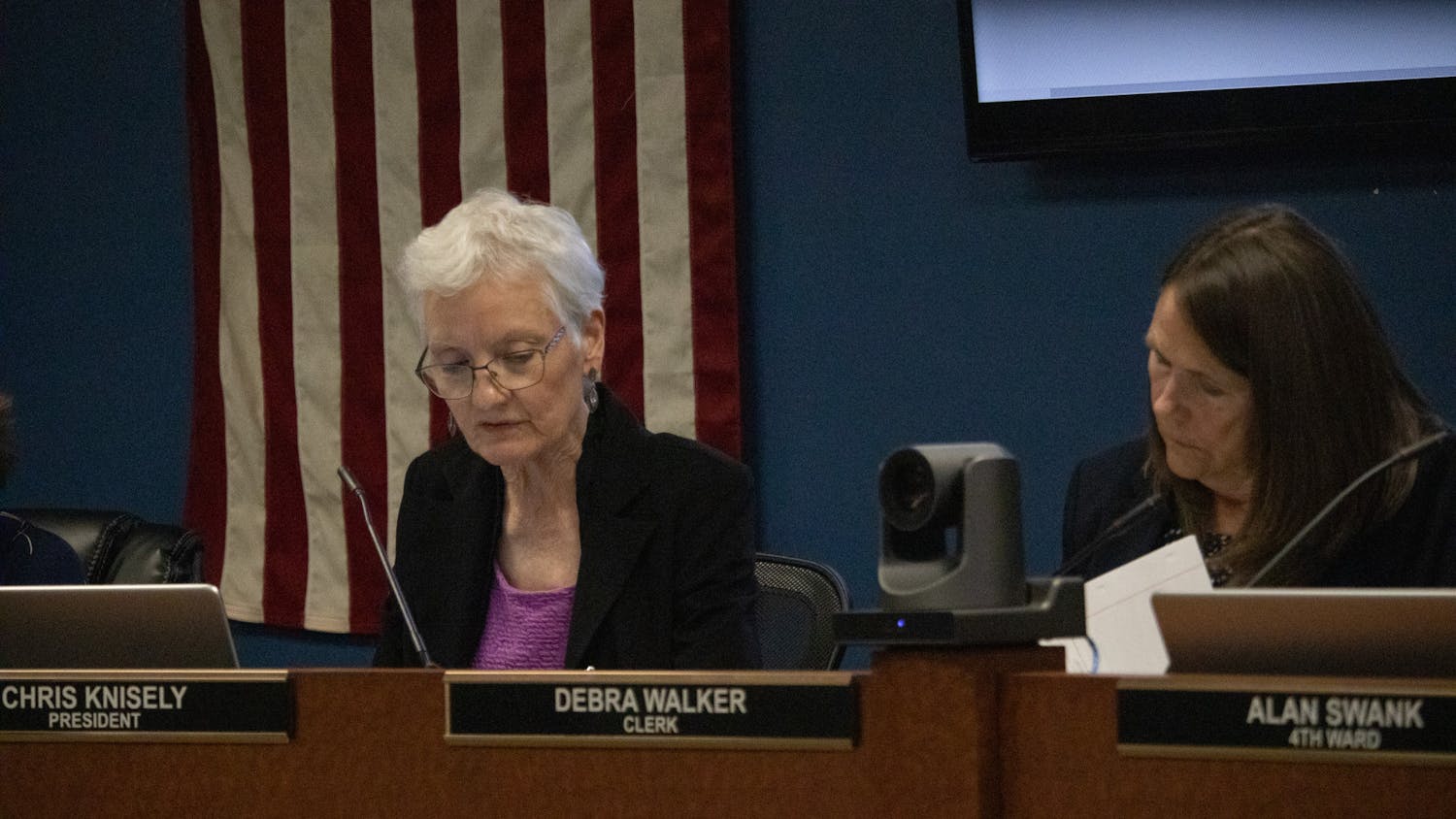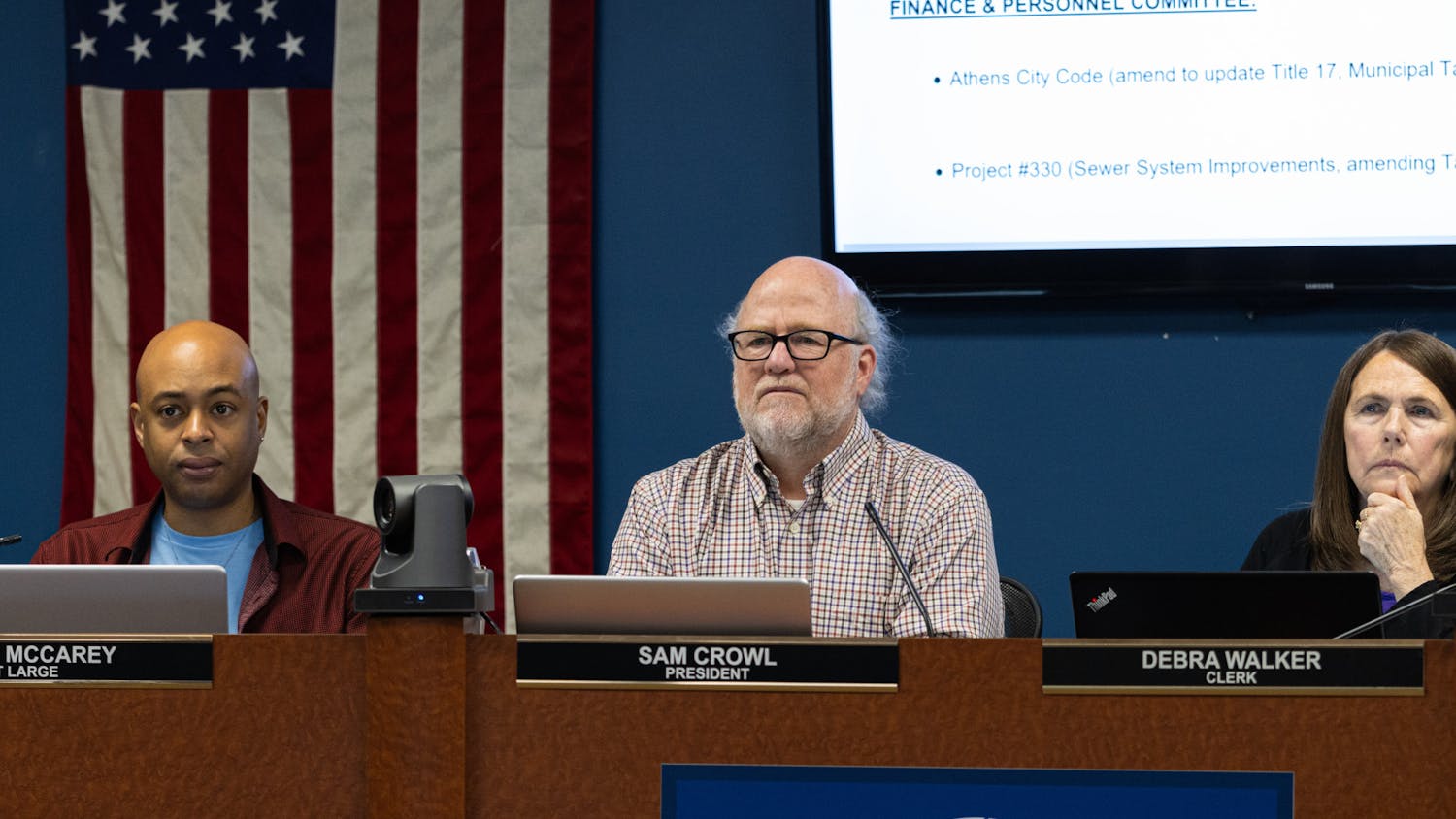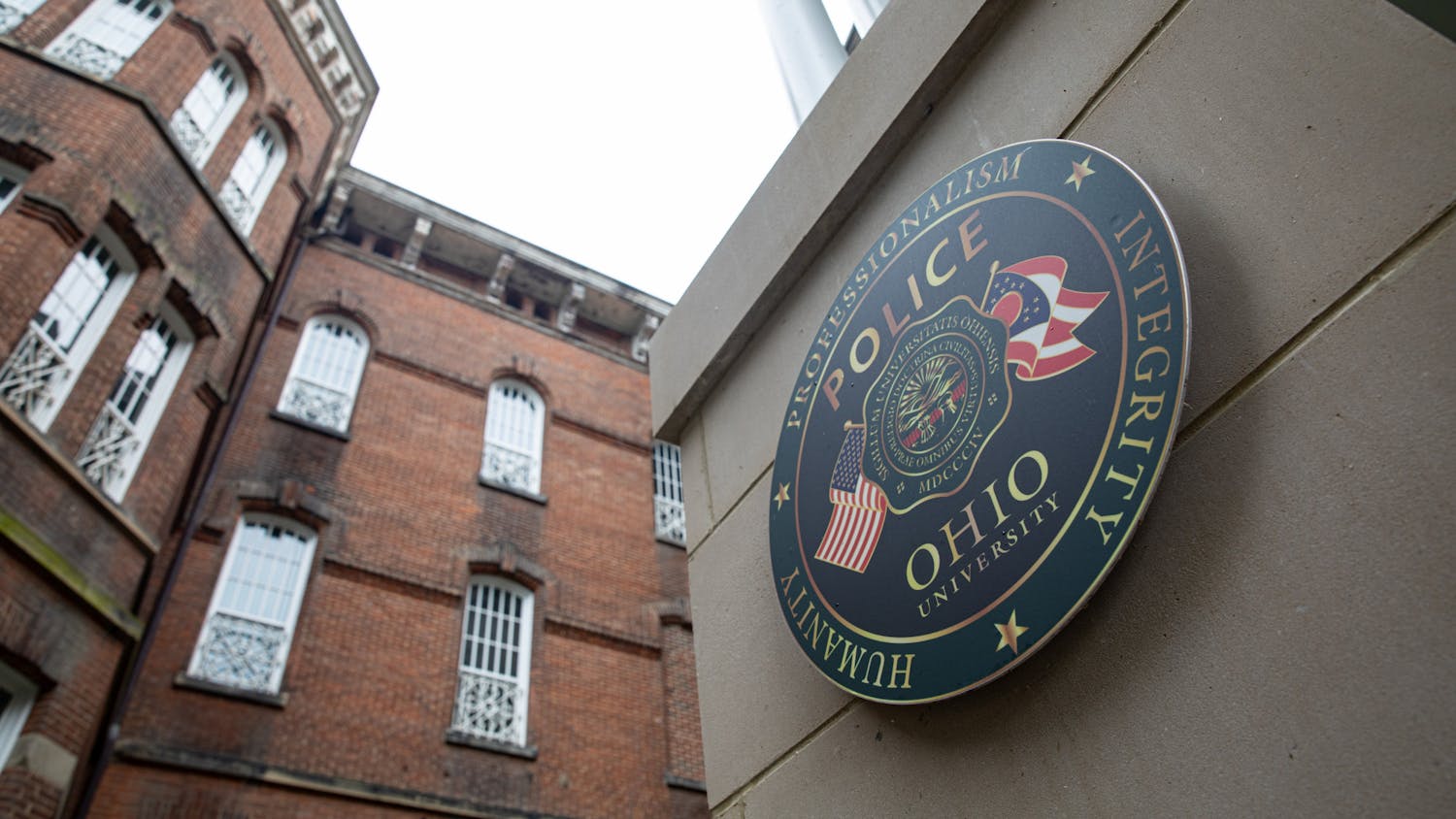Methane gas levels need to be monitored, costing OU thousands
Ohio University built its Southern campus on land that was previously home to a landfill, without getting the necessary approval from the Environmental Protection Agency.
The 11-acre land in Ironton, Ohio was previously used as a quarry, a landfill and a field until the university acquired it in 1982, said Cliff Hamilton, OU’s hazardous materials coordinator.
It also was a disposal site for foundry wastes, along with other discarded materials, in the 1950s through the 1970s, according to a report issued Nov. 14, 2008 from the Ohio EPA.
Now, OU has to pay at least $222,210 from OU’s general fund to make sure it is safe for the people who use the campus, which includes about 1,950 students.
OU will monitor methane gas levels for the next four decades.
Monitoring began in 2009 and payments will continue until 2049 to pay pollution remediation costs for preserving the environment, health and safety of those university students and faculty on the Southern Campus, according to OU’s fiscal year 2014 financial statement.
Pollution remediation costs are regulated by the Governmental Accounting Standards Board, an independent organization that establishes standards of accounting and financial reporting for U.S. state and local governments, including public utilities, such as hospitals, healthcare providers and universities.
“What happens is that there’s a particular issue that the EPA identifies, and we sort of come to an agreement as to how to remediate that particular issue,” said Chad Mitchell, OU’s budget director. “What the accounting standards says is that you need to recognize this expense today, even if you’re going to pay for that remediation over the next 40 years.”
Following the 2015 fiscal year, the university will be paying at least $5,000 each year for the cost of cleanup.
“This really doesn’t have to do with anything that we decide on an annual basis,” Mitchell said. “If we have any liabilities, you need to calculate the future value of that liability and record it today.”
The roughly $220,000 that OU will be required to pay makes up less than one-hundredth of a percent of the cost of the university’s total liabilities for fiscal year 2014. Other liabilities include accrued self-insurance claims, worker’s compensation and some long-term debt, according to OU’s financial statements for fiscal year 2014.
These pollution remediation funds are currently used to monitor methane gas levels from the once-existing landfill.
“Methane gas is usually a by-product of the breakdown of waste in a landfill, and it can be explosive,” said Linda Oros, of Ohio EPA’s media relations, in an email.
In July 2003 OU began participating in groundwater sampling, which checks for contamination, in response to a request by the EPA.
“It would be unusual for an organization like our size not to have a contamination problem somewhere, somehow,” Hamilton said.
In comparison to OU, The Ohio State University does not have a current pollution remediation budget; no environmental liabilities have been identified through the Ohio EPA at this time, said Robert Messinger, OSU’s director of communication for the Office of Business and Finance.
@BNBJOURNO
bb308113@ohio.edu





